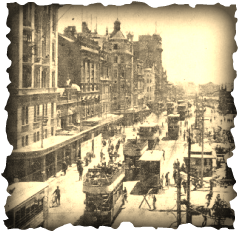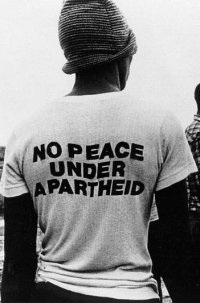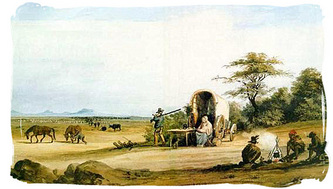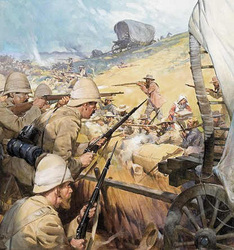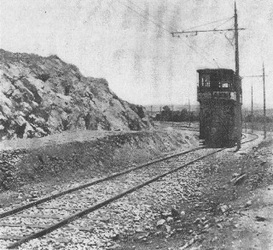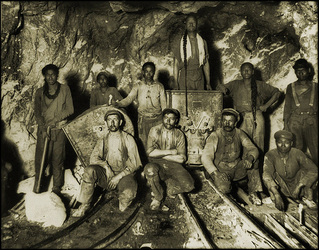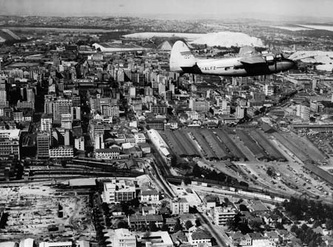Cry, the Beloved Country
Historical Background
Cry the Beloved Country sets its background in 1940s, before the policy of apartheid, a political system in which the Natives and whites were separated by law, was passed by the government.During this time, South Africa was suffering from political and economic complications. People were still transitioning from the effects of World War II. The natives, who were not educated and unaware of the rapid changes, suffered from poverty. They were only permitted to apply for unskilled jobs and they were only allowed to own 10% of the land while the whites, which were only one fifth of the population, held 90% of the land. As the result, many people migrated to Johannesburg to work in mines. However, the wage was barely enough for natives to survive and their lives in city were even worse than those of rural areas. The city could not support the large population who migrated and therefore was overcrowded with insufficient infrastructure.
Photo Retrieved from: member.optusnet.com.au
This table depicts the progression of European influence on South Africa.
This table depicts the progression of European influence on South Africa.
Before 1600s
1600s
1700s
1795
Early 1800s
Later 1800s
Early 1900s
1600s
1700s
1795
Early 1800s
Later 1800s
Early 1900s
South Africa was divided into native tribes. No European influence was present yet.
The Dutch came in to set up trading posts, not to colonize the
country.
By this time, the Dutch who settled in South Africa called Boers developed their own language called Afrikaans. They have become a part of South African culture and considered themselves as the “white tribes of South Africa.”
The British settlers came into the land.
Soon, the British tried to colonize the country. The Afrikaners were forced to move north and clashed with Zulu territory. Afrikaners won the battle.
Gold mine was found in Boer territory. British invaded to take over the mine, but were defeated by the Boers. This was the first Anglo-Boer War.
British won the second Anglo-Boer War and established Union of South Africa.
The Dutch came in to set up trading posts, not to colonize the
country.
By this time, the Dutch who settled in South Africa called Boers developed their own language called Afrikaans. They have become a part of South African culture and considered themselves as the “white tribes of South Africa.”
The British settlers came into the land.
Soon, the British tried to colonize the country. The Afrikaners were forced to move north and clashed with Zulu territory. Afrikaners won the battle.
Gold mine was found in Boer territory. British invaded to take over the mine, but were defeated by the Boers. This was the first Anglo-Boer War.
British won the second Anglo-Boer War and established Union of South Africa.
Photo Retireved From: theeveningclass.blogspot.com
Did You Know?
As soon as the book Cry, the Beloved Country was published in 1948, it gained immediate fame and popularity among the nations world wide except for South Africa. Until the author Alan Paton died in 1988, it was translated into twenty different languages and 15 million copies were sold.
Photo Gallery of Historical Background
1. Dutch ships comming in
2. Dutch settlers
3. Early Boer farmers
4-6. Boer War
7. Johannesburg
8. Gold mine and the workers
9. Citiy of Johannesburg
*Click the pictures to see the captions
2. Dutch settlers
3. Early Boer farmers
4-6. Boer War
7. Johannesburg
8. Gold mine and the workers
9. Citiy of Johannesburg
*Click the pictures to see the captions
